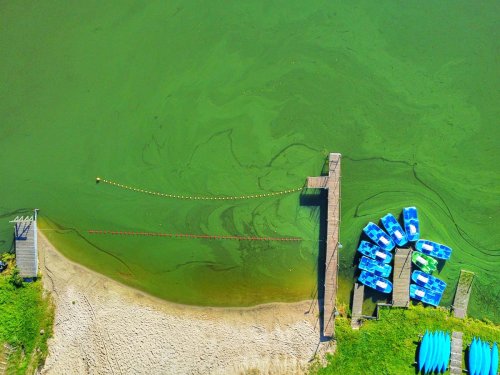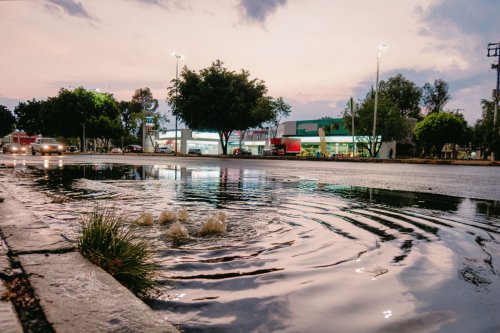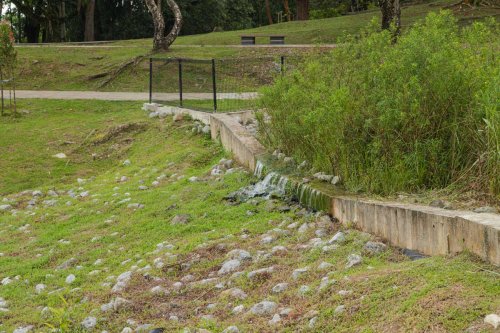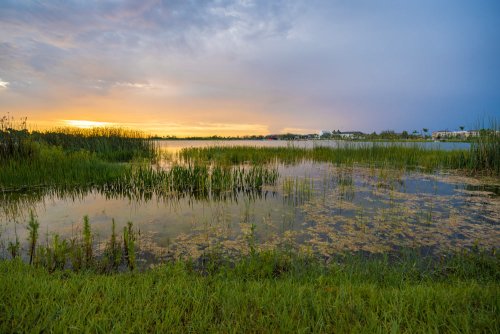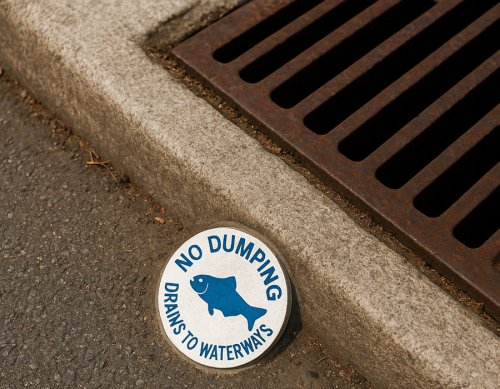The True Cost of Deferred Drainage Maintenance: Liability, Flooding, and Road Damage
Deferred drainage maintenance may seem harmless when budgets are tight, yet the hidden costs - legal exposure, emergency flood response, and accelerated pavement failure - can dwarf the price of routine upkeep.
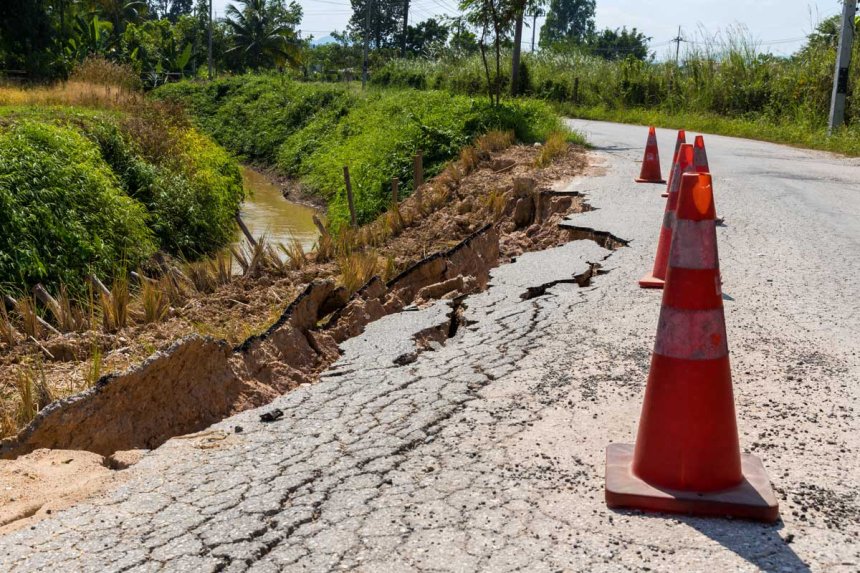
Municipal drainage networks - culverts, catch basins, swales, storm sewers, and roadside ditches - quietly protect streets, homes, and businesses from runoff. When routine inspection, cleaning, and repair slip down the priority list, however, the “savings” are almost always an illusion. Deferred maintenance multiplies risk and expense, converting minor tune-ups into major liabilities. Below is a comprehensive look at the financial, legal, and operational toll that postponed drainage work can exact on a community, along with strategies for making the business case for timely upkeep.
How Drainage Infrastructure Deteriorates
-
Sediment Accumulation
Debris and silt narrow pipe diameters, reducing capacity and trapping moisture against pipe walls, accelerating corrosion or concrete spalling. -
Vegetation Encroachment
Unchecked roots crack joints and lift culverts, while tall roadside grasses block ditch flow and hide erosion. -
Pipe Joint Separation and Invert Wear
Thermal cycles, traffic vibration, and acidic stormwater widen joints. Once infiltration starts, bedding material washes out, leading to sinkholes or pavement collapse. -
Outfall Scour and Erosion
Missing energy-dissipation structures allow high-velocity discharges to cut channels, undermining embankments and exposing utilities.
Direct vs. Hidden Costs of Deferral
| Cost Category | Typical Triggers | Why It Escalates When Maintenance Is Deferred |
|---|---|---|
| Emergency Response | Flash flooding, culvert cave-ins | Crews mobilize at overtime rates and work in hazardous conditions. |
| Liability & Legal | Property damage claims, injury lawsuits, Clean Water Act violations | Plaintiffs often cite neglected inspections, multiplying damages and attorney fees. |
| Pavement & Roadbed Repair | Saturated subgrade, freeze-thaw cycles | Water softens the base and forms potholes; heavy trucks expand the damage corridor. |
| Traffic Delay & Detour Costs | Unplanned closures for washouts | Detours lengthen plow and garbage routes, increase emergency-service response times, and strain adjacent roads. |
| Loss of Public Trust | Repeated flooding “hot spots” | Erodes goodwill, making future bond votes or rate increases harder to pass. |
Rule of thumb: every dollar spent on scheduled drainage maintenance can save $4-$10 in reactive repairs and claims, according to multiple state DOT cost–benefit studies.
Liability: The Silent Budget Killer
-
Negligence Findings
Courts weigh whether the municipality had “actual or constructive knowledge” of the defect. Absent inspection logs, the presumption often shifts against the town, driving up settlements. -
Regulatory Fines
Uncontrolled sediment plumes and illicit discharges can trigger penalties under MS4 and NPDES permits, with daily fines stacking quickly. -
Insurance Premiums
Frequent claims signal higher risk, prompting insurers to raise deductibles or exclude flood-related coverage altogether.
Flooding: Community-Wide Ripple Effects
-
Private Property Damage
Basement backups, landscape erosion, and mold remediation costs mount rapidly. Residents and businesses press for compensation or sue. -
Critical-Facility Disruption
Flooded roads isolate hospitals and schools, sometimes requiring National Guard assistance. -
Economic Slowdown
Prolonged closures of retail corridors and industrial parks shrink sales-tax receipts at the moment governments need funds for repairs.
Road Damage: Water’s Slow-Motion Wrecking Ball
-
Loss of Structural Support
Water infiltrates pavement cracks, saturating the base course. Heavy axle loads convert moisture‐weakened layers into rutting and alligator cracking. -
Accelerated Freeze-Thaw
In cold climates, trapped water expands and contracts, delaminating asphalt and heaving concrete panels. -
Shoulder Drop-Offs and Edge Raveling
Blocked ditches raise the water table, softening shoulders and leading to dangerous edge drop-offs for motorists and cyclists.
Annual pavement‐condition surveys often show a one-to-three-point PCI (Pavement Condition Index) loss for every year drainage repairs are postponed, shrinking the window for cost-effective maintenance such as crack sealing.
Building the Business Case for Proactive Maintenance
-
Inventory and Condition Assessment
Adopt GIS and mobile inspection tools to log pipe age, material, last clean-out date, and observed defects. Data turn anecdotal complaints into quantifiable risk profiles. -
Risk-Based Prioritization
Combine condition scores with consequence factors - traffic volume, critical facilities served, flood history - to rank repairs objectively. -
Dedicated Funding Mechanisms
-
Stormwater Utility Fees: Even a modest $5-$10 monthly fee per household can fund a robust inspection and rehab program.
-
Asset-Preservation Reserve: Allocate a fixed percentage of annual pavement budgets specifically for ditch and culvert upkeep, recognizing the linkage between drainage and pavement life.
-
-
Low-Disruption Maintenance Techniques
-
Cured-in-Place Pipe (CIPP) for lining small-diameter culverts without open-cut excavation.
-
Hydro-Vac Cleaning to remove sediment while protecting utilities.
-
Vegetation Management Plans that balance ditch capacity with pollinator habitat.
-
-
Public Engagement
Publish before-and-after photos and cost-avoidance figures. When taxpayers see that a $30,000 culvert lining prevented a $250,000 road washout, support for maintenance grows.
Action Plan Checklist
-
Map and grade 100 % of culverts and large storm pipes within the next fiscal year.
-
Establish an annual ditch-mowing, sediment removal, and outlet inspection calendar.
-
Set aside 10 % of the pavement preservation budget for drainage fixes tied to road segments.
-
Draft standard operating procedures for documenting citizen flood complaints and linking them to work orders.
-
Review insurance coverage for flood and surface water claims, adjusting deductibles based on improved risk profiles.
Deferred drainage maintenance may seem harmless when budgets are tight, yet the hidden costs - legal exposure, emergency flood response, and accelerated pavement failure - can dwarf the price of routine upkeep. Municipalities that treat stormwater assets with the same discipline applied to roads, vehicles, and buildings secure not only their infrastructure but also their financial stability and public reputation. In short, a proactive drainage program is an investment that pays dividends in resilience, safety, and taxpayer confidence.









